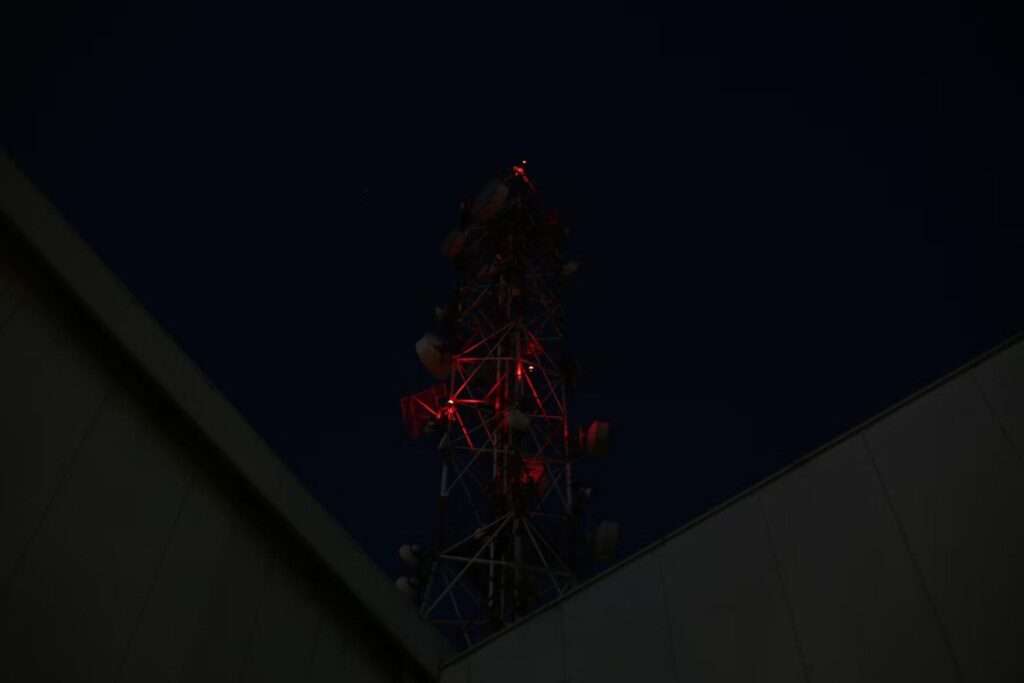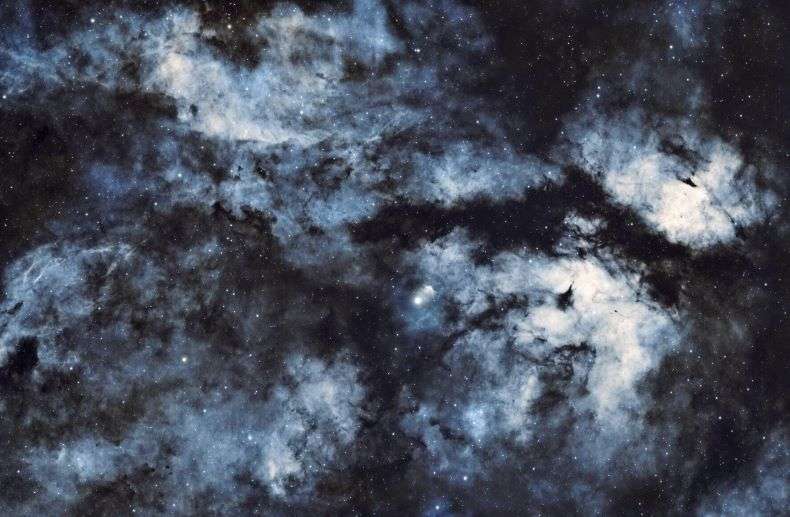Stepping into science fiction, we’re captivated by the allure of futuristic technology, alien realms, and mind-bending concepts. Yet, at its heart, science fiction centres on individuals navigating the unfamiliar, with their connections guiding stars through uncharted territory. In this blog, we’ll delve into the craft of establishing and evolving character relationships within the sci-fi genre, emphasizing their pivotal role in storytelling. Additionally, we’ll explore the notion of duality within characters, a significant element prevalent in many sci-fi narratives.
The Heart of Science Fiction: Character Connections
Imagine a spaceship hurtling through the universe, a team of scientists, or a lone astronaut surviving on a desolate planet. What makes these stories captivating? It’s not just the futuristic settings; it’s the people and their relationships.
Character connections are the emotional core of any story, but in science fiction, they take on a unique importance. Whether it’s the friendship among a diverse crew on a spaceship or the complex interactions between humans and intelligent machines, character dynamics add depth and emotion to the story.
As a science fiction writer, it’s crucial to grasp the intricacies of character relationships and how they can enhance your storytelling. So, let’s delve into some tips and ideas for crafting these character relationships effectively.
1. Embrace the Dual Nature of Characters
In science fiction, characters often embody a dual nature, reflecting the complexities of humanity. Stella from “Planet Saviors” is a prime example, showcasing brilliance and occasional foolishness. These apparent contradictions are not flaws but a celebration of the multifaceted human experience.
Embracing these dualities makes characters more relatable and intriguing, reminding readers that people are not one-dimensional. These contradictions add depth and resonance to character interactions. Stella’s blend of brilliance and occasional foolishness mirrors the complexities within all of us, encouraging readers to reflect on their duality and contradictions.
Encouraging characters to embrace their dual nature enriches their character relationships, forging deeper connections with readers. Stella’s role in “Planet Saviors” is an excellent example of how embracing duality can elevate a narrative, making it engaging and thought-provoking. Through this exploration, readers not only identify with the multifaceted aspects of characters but also reflect on their complexities.
2. Character Connections as a Mirror of Society
Science fiction often acts as a reflective lens for our society, highlighting its strengths, flaws, and potential futures. Character relationships in these stories serve as powerful conduits for this reflection. Consider the characters Stella and John in “Planet Saviors” as our guiding lights in this exploration.
Stella is like an outsider who says she’s from a faraway place called Mund. She challenges the usual way things are on Earth. Her goal to save her home planet reminds us how important it is to take care of the environment and consider how our actions affect our planet. Stella symbolizes how we should protect the environment and think about the impact we all have.
The interactions between Stella and John explore self-doubt, trust, imagination versus logic, and cultural differences. Using character connections like theirs, you can spark reflection on the real-world implications of societal and environmental issues, making your sci-fi story a vehicle for exploring the complexities of human relationships in a changing world.

3. The Evolution of Connections in Sci-Fi
In science fiction, character relationships can evolve in extraordinary ways. Characters may find themselves in situations that challenge the very core of their being, leading to unexpected connections and conflicts.
Think about the classic example of “The Martian” by Andy Weir. The main character, Mark Watney, faces isolation and survival on Mars. His relationship with the Red Planet becomes a central aspect of the story, showing how adversity can reshape a character’s connection with their environment.
As a sci-fi author, consider how the world you’ve created can shape the dynamics between characters. It could be a post-apocalyptic Earth, a distant alien civilization, or a virtual reality realm.
4. Conflict and Cooperation
In science fiction stories, how characters interact can be a mix of disagreements and working together. This makes the story more interesting. Whether it’s a group of space adventurers facing alien problems or people trying to get along with creatures from a new world, these conflicts are essential for keeping readers engaged.
Yet, moments of cooperation are equally vital. They anchor readers emotionally and highlight the resilience of human connection. When characters unite to solve problems, they create memorable moments and keep readers invested in their journeys.
In “Planet Saviors,” the evolving connection between Stella and John exemplifies this balance. Their initial scepticism adds depth, and their unity against challenges demonstrates the power of human relations.

Wrapping Up
In science fiction, character relationships are the emotional core, reflecting human complexity and societal issues. Balanced by conflict and cooperation, they guide characters through uncharted territory and serve as a vehicle for exploring the complexities of human relationships in a changing world.
Explore the captivating world of science fiction and the pivotal role of character relationships in Raymond Hunter’s book “Planet Saviors”. Get yours now!




